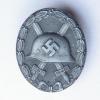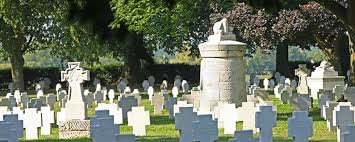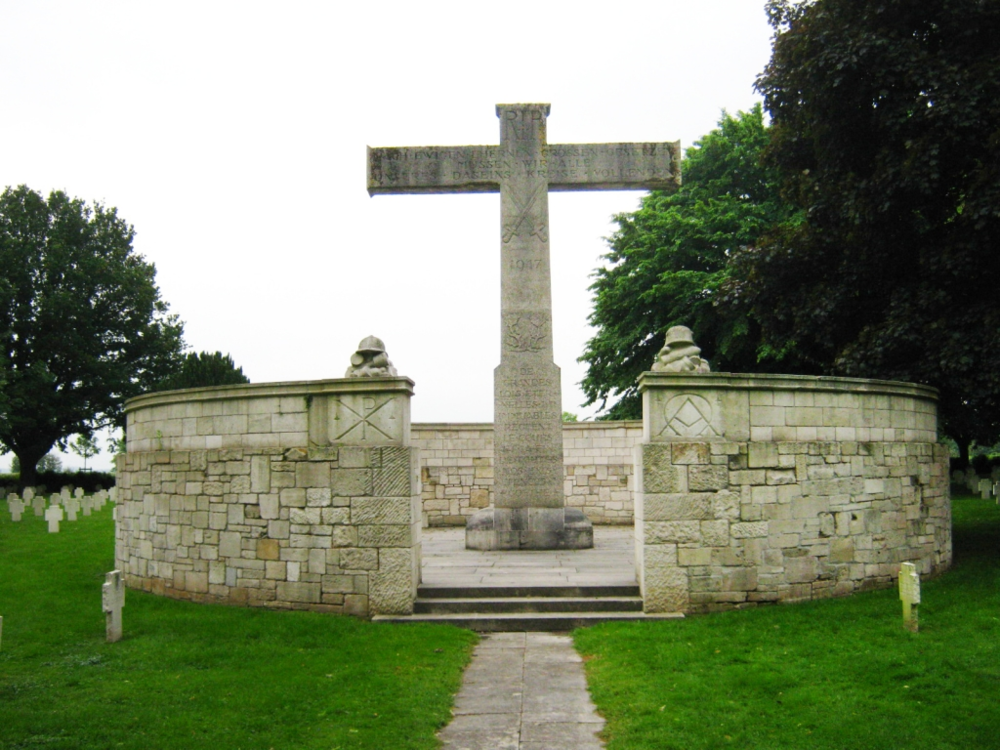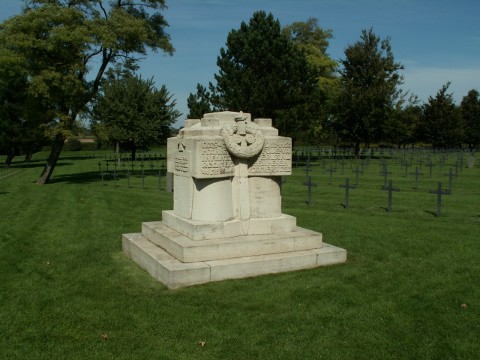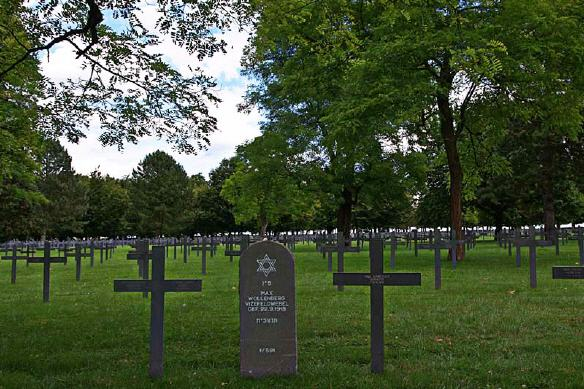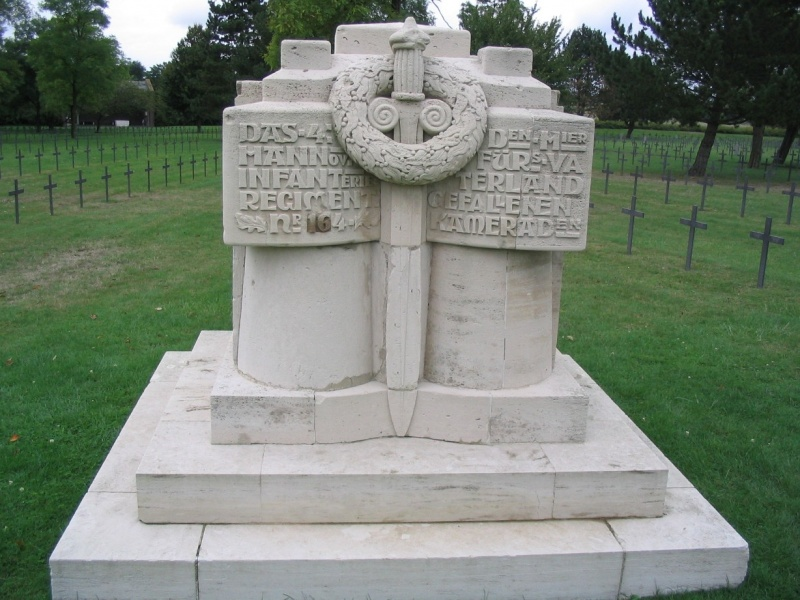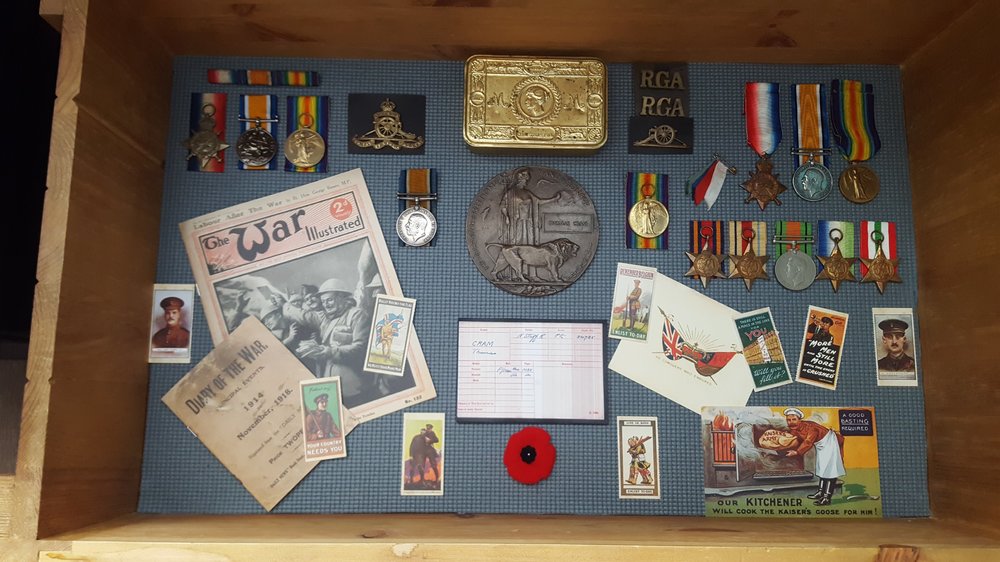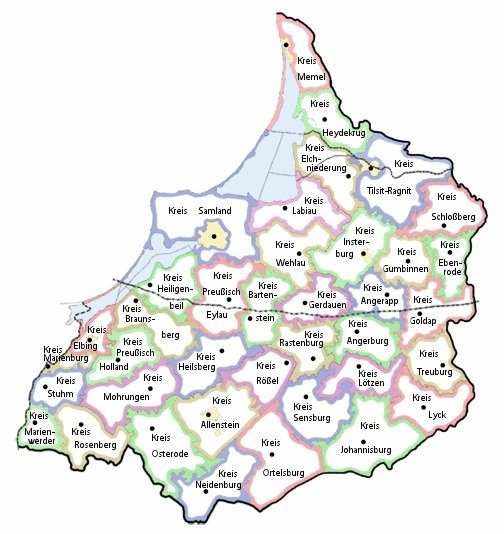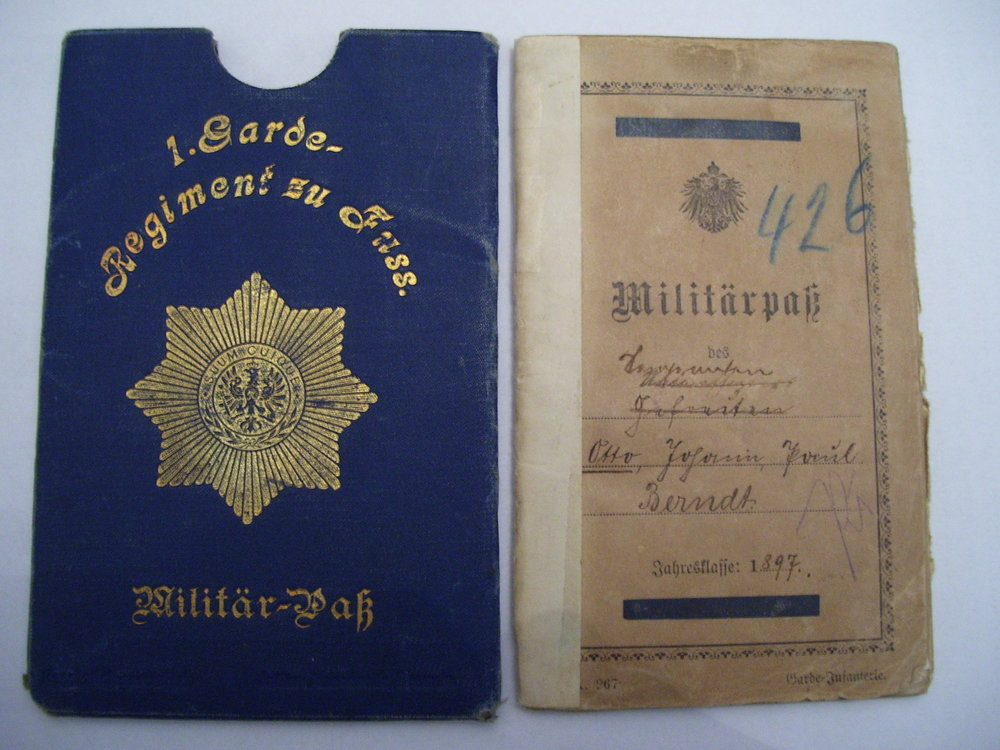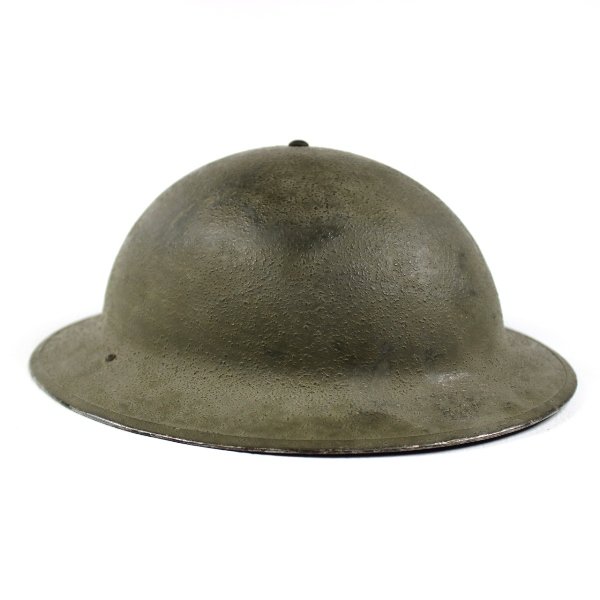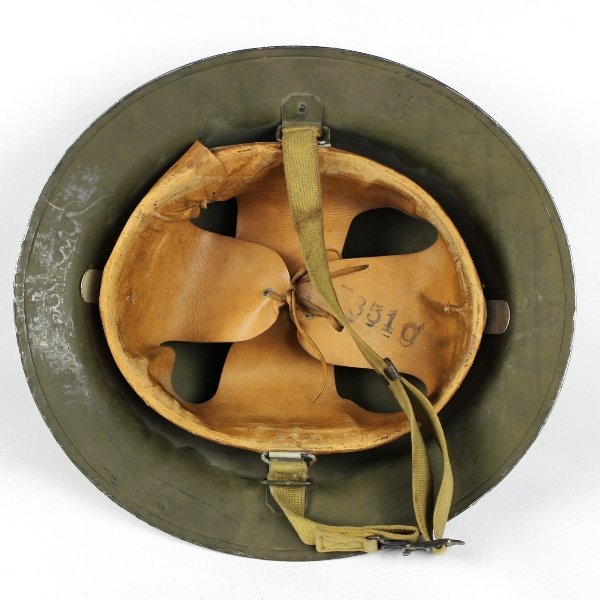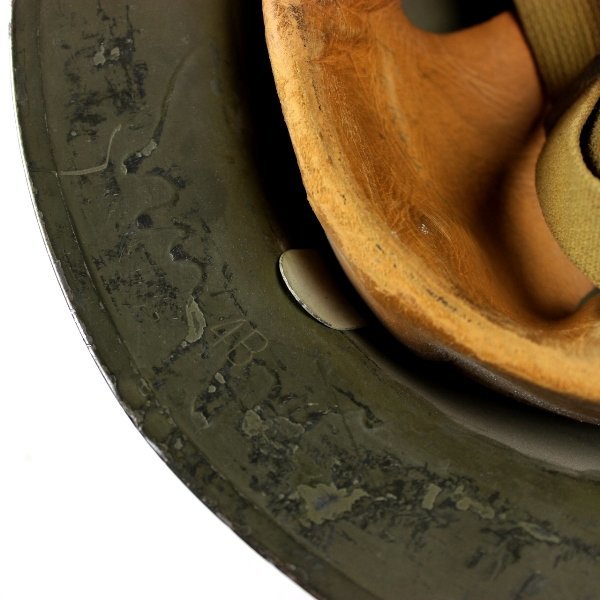Leaderboard
Popular Content
Showing content with the highest reputation on 19/07/19 in all areas
-
Thanks again Fritz. I did contact the Volksbund, and this is the response I got. Apparently he was killed in action and buried the war cemetery in Mons-en-Laonnois. Surname: Grutschus First given name: Julius Rank: pioneer/ Death / Missing date:08/28/1918 Julius Grutschus rests on the war cemetery in Mons-en-Laonnois . Endgrave: Block 2 grave 116 Mons-en-LaonnoisDispart Aisne 5003 German war dead First World War The German military cemetery Mons-en-Laonnois was created in December 1920 by the French military authorities as a collective cemetery for German war dead, which had been temporarily buried in 45 municipal areas in their own field tombs or on civil cemeteries. Those who died in Mons suffered death in one of the great battles and the numerous engagements between September 1914 and October 1918 between Soissons and Reims, on the Aisne, the Vesle and the Marne, and the possession of the Chemin des des Dames took place. Of particular note are the German advance to the Marne and the retreat to the Aisne in the fall of 1914, the French major attack in early April 1917, whose failure led to a momentous moral crisis in the French army and to mutinies of individual regiments. Repair work between the wars First work to improve the condition of the cemetery was carried out by the Volksbund Deutsche Kriegsgräberfürsorge eV on the basis of a 1926 agreement with the competent French military authorities. However, the problem of a permanent marking of the graves due to foreign exchange shortage and the 1939 erupting World War II remained unsolved. Final design Following the conclusion of the Franco-German War Graves Agreement of 19 July 1966, the Volksbund Deutsche Kriegsgräberfürsorge eV - financially supported by the Federal Government - was able to finalize the German war cemeteries of the First World War in France. In addition to a basic landscape landscaping with tree and hedgerows, greening of the grave surfaces, followed by the construction of the entrance and the enclosure of community graves with natural stone masonry. From 1974, the replacement of the previous provisional wooden tomb sign against metal crosses began with cast in names and dates of those resting here. The names of the acquaintances in the community graves are recorded on cast tablets. The 35-kilogram cross foundations displaced volunteers from a youth camp of the Volksbund. The Bundeswehr took over the transport of the concrete foundations and thus, as well as the young people, made a significant contribution to the work of the Volksbund. Of the 5,003 dead, 3,261 resided in individual graves; three remained without names. In the two communal graves with 1 742 victims only 191 are known by name. Among the dead are four civilian workers. The tombs of the 12 fallen Jewish faith were given a gravestone made of natural stone instead of the cross for religious reasons. The Hebrew characters say: 1. (above) Here lies buried ... .2. (below) May his soul be interwoven in the circle of the living.2 points
-
2 points
-
2 points
-
2 points
-
2 points
-
2 points
-
2 points
-
2 points
-
2 points
-
2 points
-
I am posting some pictures of my WW1 German Helmets, would love to see others post theirs as well.1 point
-
I visited quite a few of these cemeteries in Flanders, Artois in 1967 and 1968, and the Somme (Fricourt) etc., in 1982. I am very surprised that the Volksbund answered so quickly! Glad to hear it. Usually they take a long time, and are very officious about applications or requests about persons. Some very good research there! Another great problem nowadays is "Datenschutz", which can spoil or hinder any research attempt. Very few of those who started out on the 1. August 1914 survived till after 11. November 1918 Here are a few related or Western Front general interest links I have found: http://www.pourceuxde14.com/pages/le-passage-des-allemands/sur-la-trace-des-allemands.html http://www.wegedererinnerung-nordfrankreich.com/die-geschichte/schlachten/die-schlacht-von-arras-april-1917.html This link has a complete pdf of the history of Infanterie-Regt.76 (Hamburg), which makes good reading, an early publication by an officer of the regiment (Herbert v. Sydow): http://www.antiquaimages.com/ancestors/sources/2_ir_hanseatisch.pdf Cambrai - Soldatenfriedhof. This is a mixed cemetery, mainly German, but also French, British, Russian, etc. - a Russian expeditionary Corps also served on the Western Front. Russian prisoners of war were also used for building some of the German fortifications in the West Soldatenfriedhof Cambrai Memorial to Hannoversches Infanterie-Regt. 164, St.Laurent-Blangy / Neuville-St.Vaast (Maison Blanche) , nr. Arras St.Laurent-Blangy / Neuville-St.Vaast (Maison Blanche), originally ca. 39.000, due to recoveries in the last decades, now over 44.833 Nearby are also the British Cemeteries of Cabaret Rouge, Vimy/Lens and the French Cemetery of Souchez and Notre Dame de Lorette (Lorettohöhe)1 point
-
1 point
-
1 point
-
1 point
-
1 point
-
I am fast running out of room, so decided to utilise this wooden chest, I have lined it with an exercise Matt & I intend putting risers in the corners so I can cut a piece of board to size so I can have another layer of space * like a chocolate box* haha All the paper work in the pic is from an educational pac i bought regarding ww1. ( nice to dislay)1 point
-
The last entry I can see here was from Pionier-Feld-Rektruten-Depot No.7 in Philippeville, July 1918 (no day stated) with the notice: Dienstfähigkeit: k.v. (kriegsverwendungs - fähig) - as the war on the Eastern Front ended, he was transferred to the West - possibly he was either killed or became a prisoner of war after that, as the book ends abruptly there - otherwise there would have been official dismissal entries after November 1918 with statements as to money received, clothing, provisions allowance, etc. I would think the book would have fallen into allied hands, either taken from the prisoner or the dead. You could try checking with Volksbund Deutsche Kriegsgräberfürsorge - they are online. Some of the handwriting is really difficult to read, esp. the wartime entries.1 point
-
Thanks Fritz, I was hoping to hear from you on this. I appreciate you taking the time to translate this book. The last entry is only a few days before the war ended, wonder if he made it or not...1 point
-
1 point
-
A Militär-Paß had different coloured covers, depending on which Truppenteil or branch of service they belonged to. The Pioniers had a yellowish white as in illustration, all guards units were white, infantry was blue, cavalry yellow, artillery reddish pink, etc. Here an example, guards: Transcription: Militär-Paß, Jahresklasse 1904 für: Pionier Julius Grutschus Wife: Berta Czetzier in Kehlen, Krs. Angerburg Profession: Schneidermeister Parents: Julius Grutschus Auguste Sahm in Grieben, Krs.Darken Nationale des Buchinhabers: Julius Grutschus, geb. 2. November 1882 in Kehlen / Kreis Angerburg, Preußen Profession: Maurer (mason, bricklayer, builder) Religion: Evangelisch Married: yes Children: 2 Entered service: 1. November 1904 als Ersatz-Rekrut, Samländisches Pionier-Bataillon No.18, 1. Kompagnie 2./3. Dismissed: 24.September 1906 zur Reserve beurlaubt Nummer der Truppenstammrolle: 23 Height: 1,73 cm 7. Übergetreten zu Landwehr I. Aufgebots: 9.April 1912 8. 27.19.1908 - Pionier-Bataillon Fürst Radziwill: Grutschus konnte am 23.8.1908 zu einer 28-tägigen Übung zur 2. Reserve-Kompagnie eingezogen. Übte mit Gew.98 Führung: gut Strafen: keine Entlassen nach Kehlen, Krs. Angerburg, Bez.Kdo. Goldap (Bezirks-Kommando) (Signature) Hauptmann und Kompagnieführer (to be continued) 18. 23.6.16: p. Grutschus war seit dem 24.6.15 beim über.... (to be continued when time and absolute concentration allow)1 point
-
1 point
-
1 point
-
1 point
-
1 point
-
1 point
-
1 point
-
1 point
-
1 point
-
1 point
-
1 point
-
1 point
-
1 point
-
1 point
-
Very nice example, material of this kind has seldom survived, as not particularly durable. The rank is simply Unteroffizier. large (29mm) collar buttons were worn by the Sergeant, Vizefeldwebel and Feldwebel. The ME monogram stands for Max Emanuel, Churfürst von Bayern.1 point





